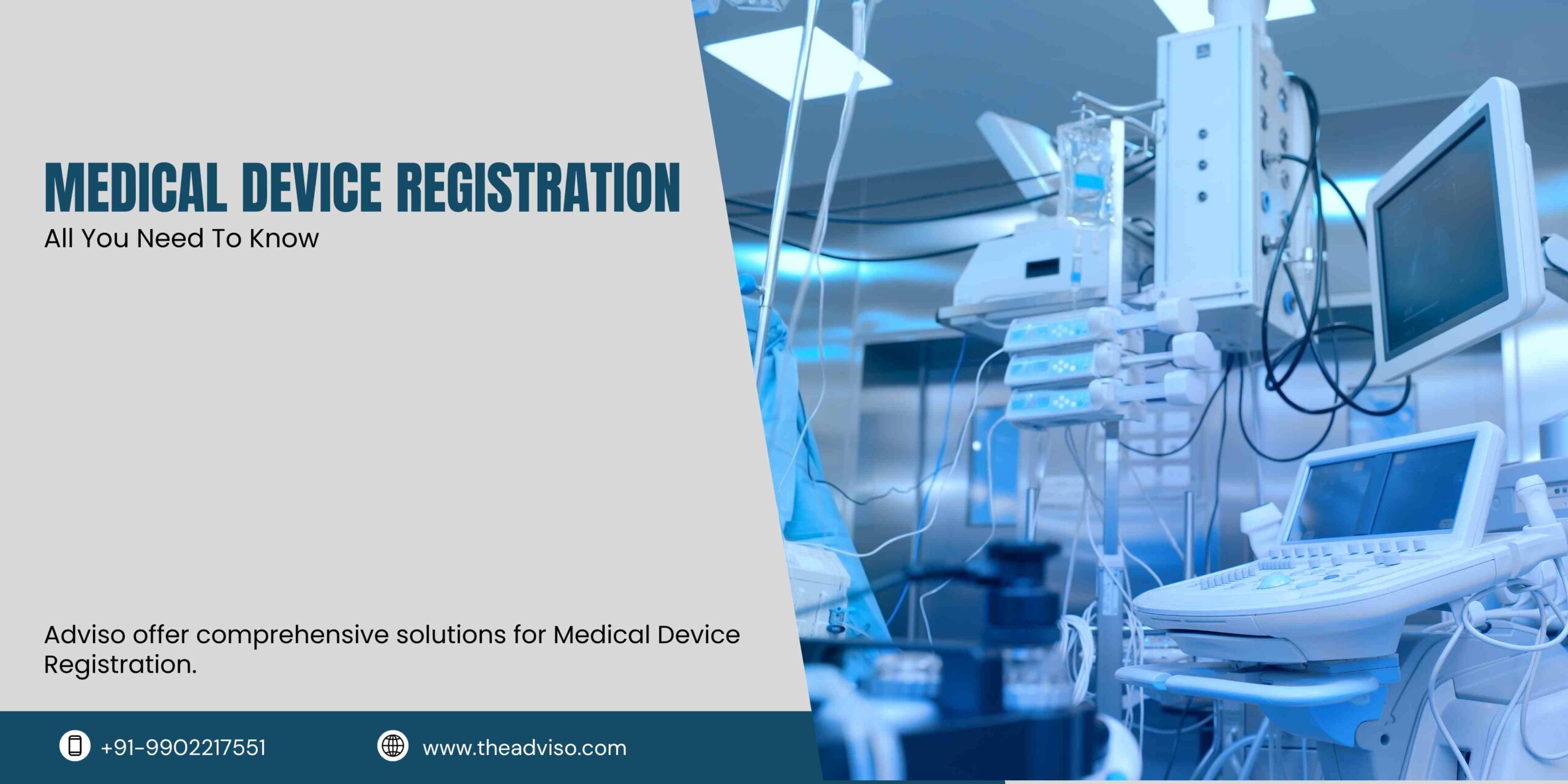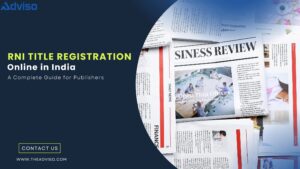Medical Device Registration
The Central Drug Standard Organization (CDSCO) falls under the ambit of the Ministry of Health of India. It ensures all-encompassing regulation of medical devices’ production and importation in India within the purview of the Drugs and Cosmetics Act, 1940. Regulating medical devices also involves certifying them for quality and safety. Anyone seeking production and importation of such goods must secure medical device registration in the first place. CDSCO also considers MDR, 2020 Rules for certification purposes. The MDR stands for Medical Device Rules. These rules have reinforced the classification system for medical devices. This article explores the legalities around Medical Device Registration in India, guiding you through the labyrinth of compliances.
How to Proceed for Medical Device Registration?
To secure Medical Device Registration, you must answer the given questions:
Who should be the license holder?
Registered entities dealing with medical devices in any way must apply for medical device registration. The license holder can be an agent, a legalized company, or a distributor. The license also applies to those dealing with non-regulated medical devices under the MDR, 2020 Rules.
Opting for an independent agent can relieve you from the burden of directly handling the compliances, allowing you to focus on key areas. Entities serving as wholesalers or EXIM endeavors concerning medical devices should have a Wholesale Drug License and Import Export Code, respectively.
How does medical devices’ classification pan out in India?
MDR guidelines, in India entail the classification norms for medical devices, spanning almost every device. The CDSCO has segregated medical devices into names, intended use, and class, easing the blow for manufacturers. The Indian Classification mimics the EU MDR classification to some extent, ensuring apt segregation of medical devices.
Note: The G.S.R. 777(E) notification, released on Oct 14, 2022, has confirmed that the self-notified category shall span non-sterile and non-measuring devices, while the rest fall under the CDSCO’s scrutiny. This will help Indian agents secure an automatic registration number via a SUGAM portal (helmed by CDSCO) for exporting medical devices to India. The rest of the medical devices shall be vetted by the CDSCO when it comes to obtaining an import license.
What is the significance of substantially equivalent predicate and GHTF?
If a medical device has a substantially equivalent predicate (a certified device in India that appears to be the same when it comes to material, use, and design) and approval from a GHTF Country (Australia, Canada, Europe, Japan, UK, USA), the approval process in India is less complicated and hassle-free.
Those seeking import licenses swiftly and in a cost-effective way must adhere to following:
- Substantially Equivalent Predicate: A similar medical device already approved in India.
- GHTF Country Approval: Approval from countries such as Australia, Canada, Europe, Japan, the UK, or the USA.
Non-adherence to the above shall lead to additional reviews performed by the Medical Device Advisory Committee (MDAC) or a Special Expert Committee (SEC).
4. What type of dossier and cost come into play?
Upon affirming the class of concerned devices and appointing the agent, the next step involves filing an online application on the SUGAM portal. The application used for this purpose known as MD-14, seeks details about:
- Brand name
- Generic Name
- Intended Use
- Grouping
- Material of construction,
- Accessories
- Model numbers
Coming to documents, the application must go along with key dossiers like:
- ISO 13485
- Declaration of Conformity
- Free Sale Certificate
- Plant Master File
- Device Master File aka Technical File
Note: All documents should be in the English dialect.
The form filing and document uploading shall lead you to the final stage i.e. fee submission, which can be done via a payment gateway. Post form submission, the CDSCO shall vet the documents for compliance and accuracy within the purview of MDR Rules 2020. The successful vetting shall lead to the grant of an MD-15 Import License, enabling the license holder to export the medical devices to India.
5. How much time does authority take for approval?
The general timeline for the grant of medical device registration ranges from 6 to 9 months depending on the compliance threshold and documents to be inspected. Notably, the products lacking any strong predicates in India may attract extended time for approval, making the overall process bothersome. Although renewal does not apply to this registration, a reviving fee must be paid every 5 years by the license holder.
Conclusion
Whether you are a distributor, producer, or agent, securing medical device registration is unlike other registrations since it revolves around stringent compliance. To ease the blow, you must be well-versed in MDR Rules 2020 and other applicable legalities.
If you find doing so bothersome, feel free to connect with Adviso without thinking twice. Adviso fosters a competitive team of seasoned professionals who stay updated with ever-changing compliances, ensuring hassle-free grant of registration for clients.
Read Our Article: DSC Registration: How to Get One Easily?




